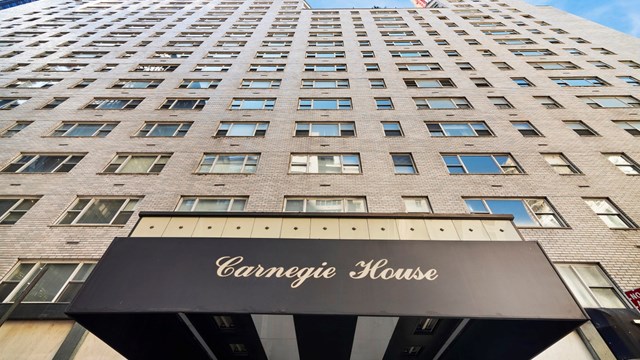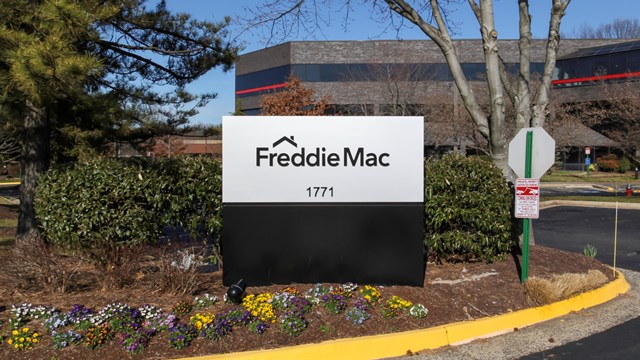When "A Six Step Program for Boards - Plan Ahead for a Healthy Financial Future" was published in The Cooperator back in 1996, very few boards were running their buildings like businesses, and even fewer had a long-range plan. While some buildings still bounce from month to month and crisis to crisis, an increasing number of boards are operating their co-ops in a more business-like fashion. Whether this is thanks to more experienced board members, more pro-active managing agents, more diligent accountants (or articles like this), really doesn't matter. The result is a brighter outlook for those boards that have made a habit of the "Six Steps."
So what are these Six Steps? If you don't already know, you need to "get with the program" as soon as possible. The following points can help you help your building toward long-term financial stability and health.
1. Discard the deadly notion that your co-op is some sort of non-profit welfare entity. It's a business. You may not like how that sounds, but that's reality. You don't tolerate endless agenda-less meetings, late payments, noisy neighbors, or associates who break the rules at your "real job." Why tolerate that nonsense in your building? Have an agenda and a time schedule for every meeting; follow the agenda and send board members back to their families on time. Expect timely payment of maintenance charges; impose hefty late fees and interest when they're not. Develop a set of fair house rules, and enforce them strictly and even-handedly. Hire competent professional advisors; demand the service you're paying for - and then follow their advice. In short, employ in your board duties the same skills and sound business judgment you apply every day in your "paying" job.
2. Get a physical. Anyone who doesn't see their doctor for a complete physical exam at least every five years is asking for trouble. Any board that doesn't give their building the same regular attention is also courting a crisis. Hire a good engineer to do a complete top-to-bottom inspection of your building and all of its systems once every half-decade or so. Make sure that the engineer understands that this inspection will form the foundation of your board's new long-range maintenance-and-repair plan. Ask the engineer to organize his/her findings into four categories:
"¢ Work needed now
"¢ Work needed over the next five years
"¢ Work needed between five and ten years hence
"¢ Work most likely needed after ten years
The engineer also should estimate the cost of each work item and prioritize all projects within categories (a) and (b). Boards that avoid, limit, or postpone this important step achieve only one thing: they guarantee themselves (or their successors) a more painful reckoning sometime in the future - usually much sooner than they anticipate - so act now (and again every five years!).
3. Ask both your accountant and your managing agent to analyze your co-op's performance over the last five years. These reports will highlight trends, expose problems, and perhaps suggest better ways to operate in the future. They also will help your board define an affordable budget and a realistic schedule for any work recommended by the engineer.
4. Report to the shareholders the results of Steps 2 and 3, and solicit every shareholder's comments and concerns. We all know that it is impossible to please everybody. However, giving everyone the same information and a chance to express their opinions will solidify support behind whatever decisions the board ultimately makes.
5. Combine all of the professional recommendations with all of the shareholder input and distill a set of specific goals together with a detailed strategy for achieving - and financing - those goals.
6. Bite the bullet and get moving. This last step is the most difficult, but also the most rewarding. As you implement your plan and check your progress each year, you will begin to see the fruits of your hard work. You also will enjoy the peace of mind that comes from knowing that your most valuable asset is both well-run and well-preserved.







Leave a Comment